The sauce or gravy is tangy and lightly spiced. I have used pureed tomatoes in the sauce which gives a tang. So along with the yogurt, there is a sourness, tang. And a subtle sweetness due to cashews, gram flour and cream. The addition of gram flour or besan does not allow the yogurt to curdle. The okra or bhindi is sauteed in oil till they are completely cooked. This technique also gets rid of the sliminess in the okra. The gravy or sauce is then made and the sauteed okra are added to it. The end result is the soft succulent pieces of okra in a smooth creamy tangy sauce. This is one of our favorite okra based dish apart from Bhindi Masala, Bhindi Fry (Kurkuri Bhindi) and Bhindi do Pyaza. This dish is made of 3 main ingredients – okra, curd (yogurt) and tomatoes. So keep in mind to use the okra pods that are fresh, tender and crisp. Avoid using mature okra pods that have become fibrous and stingy. For the curd or yogurt it is important to use fresh one and make sure it does not taste sour or very tangy. I recommend using homemade Curd as that is what I include in all my recipes that have yogurt. Remember that the tomatoes also have to be ripe and sweet. If the tomatoes are sour the sauce or gravy will have a more tangy taste and will spoil the balance of the dish. If in case the sauce has become tangy then add about ½ to 1 teaspoon of sugar.
How to make Dahi Bhindi
- Rinse 200 to 250 grams of bhindi (okra) in water a couple of times. Then dry the bhindi with a kitchen towel or spread them on a plate and let them dry on their own. Ensure that they are dried completely and have no trace of water on them. Otherwise, they can become slimy or sticky while chopping and cooking.
- Trim off the head and tail of the okra. Chop the okra into 1 inch pieces. Keep an eye while chopping for any worms or black spots. If any then discard that okra. Set aside the chopped okra.
- Heat 2 tablespoons of oil in a pan. Add the chopped bhindi. You can use any neutral-flavored oil.
- Saute for at least 8 to 10 minutes on low heat till they change color and are softened and cooked.
- Remove the sauteed bhindi in a bowl and keep aside.
- Add 2 medium-sized chopped tomatoes and 6 to 7 cashews to the blender or chutney grinder.
- Puree the tomatoes and cashews to a smooth and fine paste. There should not be any small chunks of cashews in the paste. No need to add any water while blending to a paste.
- With a wired whisk, whip ½ cup fresh yogurt (curd) till smooth. Make sure that the curd is not sour or too tangy.
Making dahi bhindi
- Heat the same pan in which we sauteed the bhindi. Add 1 tablespoon oil or ghee. Crackle ½ teaspoon cumin seeds first.
- Then add ⅓ to ½ cup chopped onions. Saute till the onions change color or become translucent stirring often.
- Crush 3 to 4 garlic and 1 inch ginger to a paste in mortar and pestle. Add the crushed ginger-garlic paste or you can add 1 teaspoon ginger garlic paste.
- Saute for some seconds or till the raw aroma goes away.
- Add the tomato-cashew paste. Take care as the mixture might splutter.
- Stir and mix well.
- Saute till oil starts to leave the sides of the mixture.
- The onion-tomato-cashew masala paste has to be sauteed very well. Keep on stirring often for uniform sauteing. The whole masala should come together and you should be able to see the oil or fat leaving the sides of the masala.
- Add 1.5 tablespoon besan (gram flour).
- Saute for 1 to 2 minutes or more on low heat till the raw aroma of the gram flour goes away.
- Then add the following spice powders:
½ teaspoon coriander powder ¼ teaspoon red chili powder or cayenne pepper ¼ to ½ teaspoon garam masala powder ¼ teaspoon turmeric powder
- Saute again for a minute. Switch off the heat and place the pan on the kitchen countertop.
- Add the whisked yogurt (curd) to the pan.
- Pour 2 cups of water.
- Stir well with a wired whisk to get a uniform and even mixture. Then add the sauteed bhindi.
- Next add salt as required.
- Keep the pan on the stovetop on low to medium-low heat. Simmer the gravy till the mixture starts to thicken and you see specks of oil or ghee floating on top.
- Add ¼ to ½ teaspoon crushed kasuri methi (dry fenugreek leaves) and 1 to 2 tablespoons low fat cream or light cream. Mix well.
- Simmer the gravy for half a minute and lastly add some coriander leaves
- Serve dahi wali bhindi hot or warm with some hot phulka, naan or roti. You can also have this dish with Jeera Rice or steamed basmati rice. Few more tasty recipes for you!
Bhindi ka Salan – Side curry for biryani or roti from Hyderabadi Cuisine. Gatte ki sabji – popular gravy based dish from the Rajasthani cuisine. Vendakkai sambar – delicious sambar made with okra or bhindi. Bendakaya pulusu – Andhra style okra gravy with tamarind,
Please be sure to rate the recipe in the recipe card or leave a comment below if you have made it. For more vegetarian inspirations, Sign Up for my emails or follow me on Instagram, Youtube, Facebook, Pinterest or Twitter. This Dahi Bhindi post from the blog archives first published in November 2013 has been republished and updated on 7 September 2021.
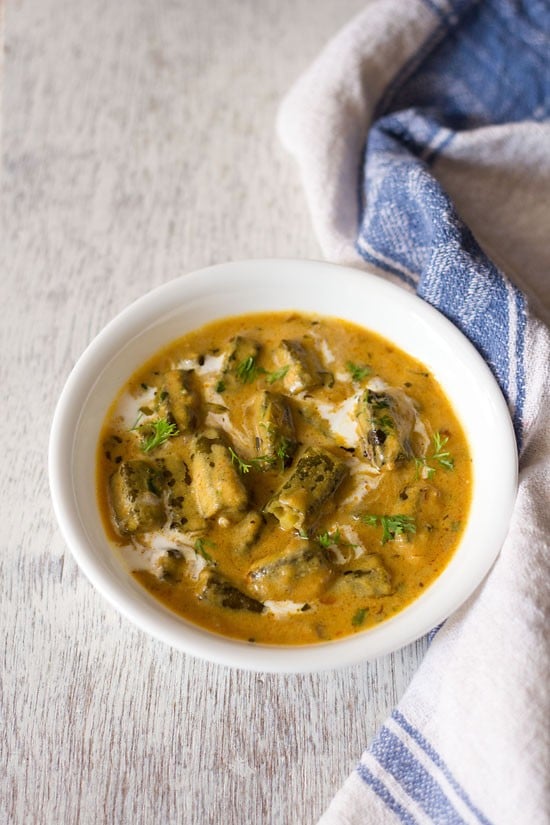
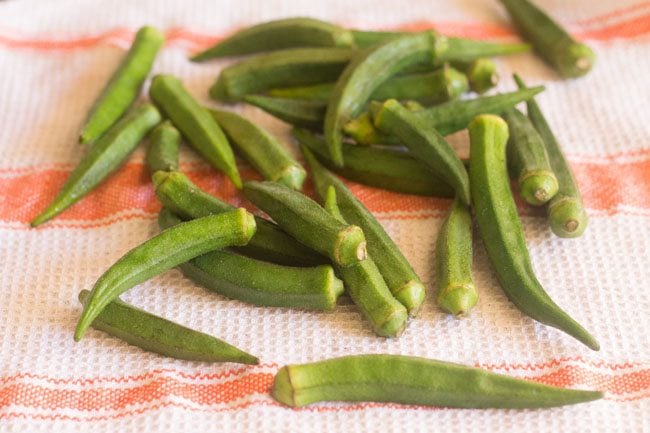
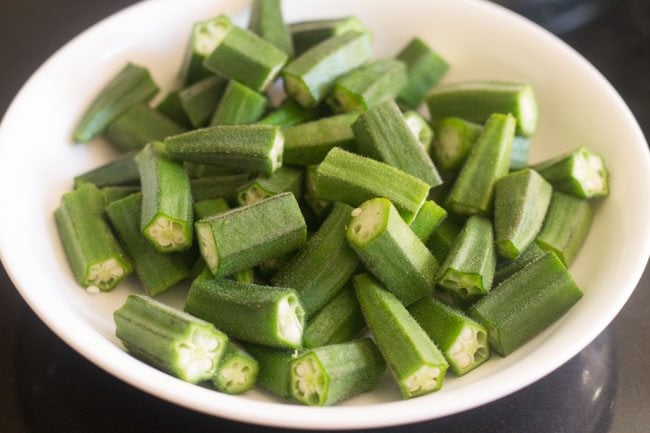
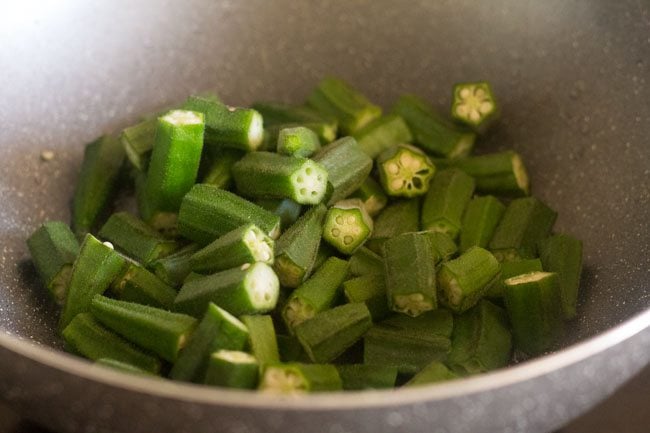
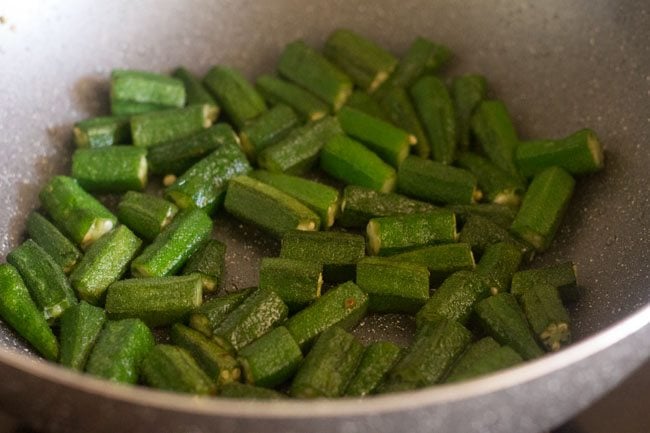
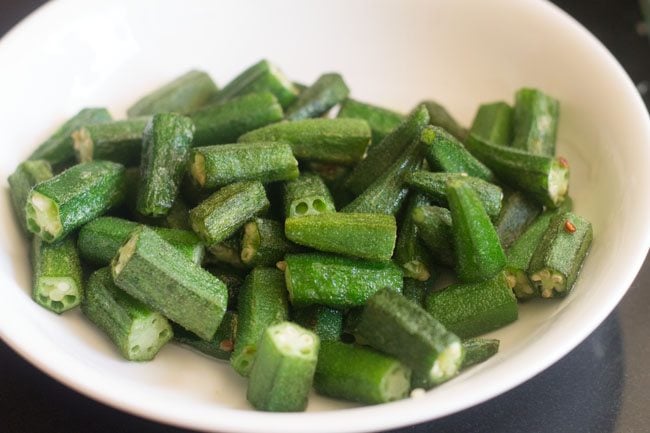
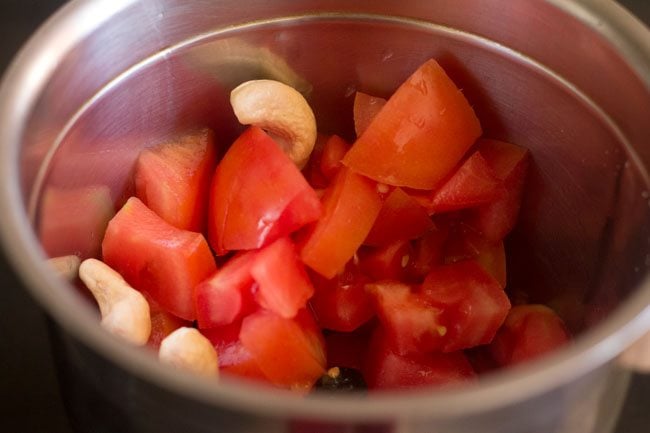

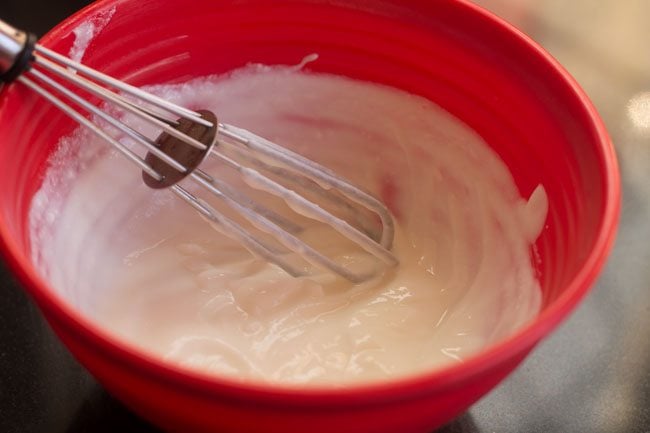
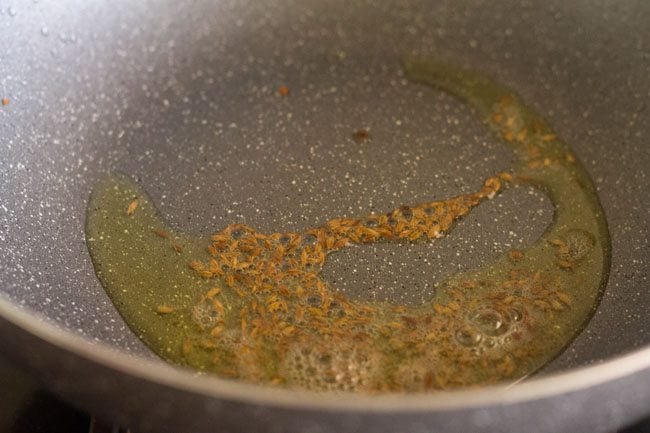
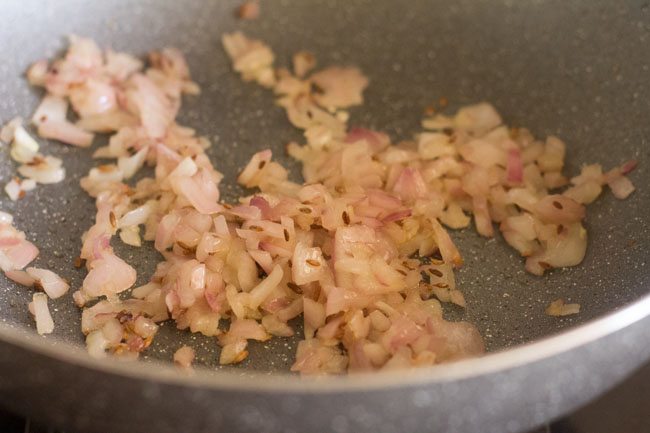
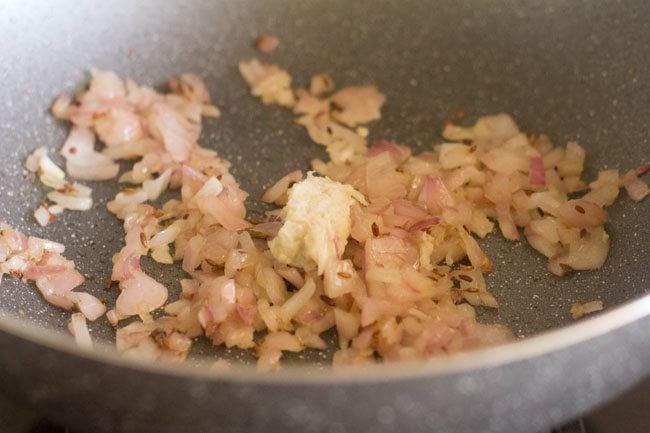
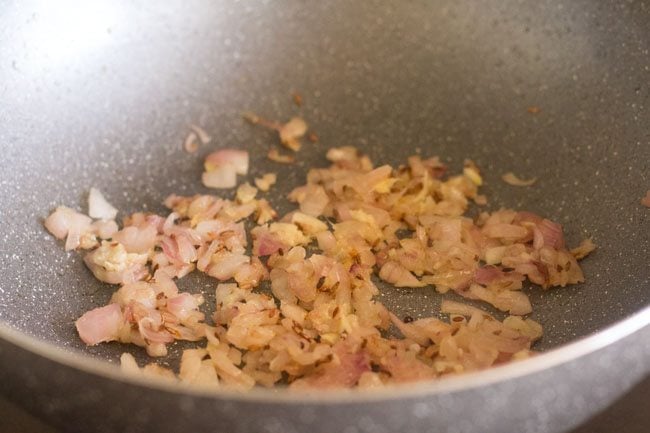
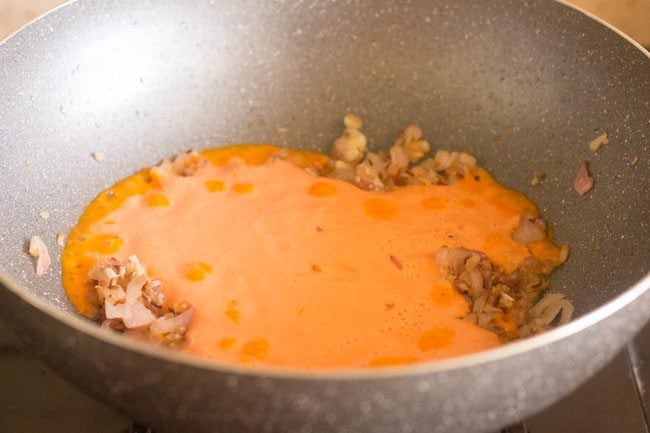
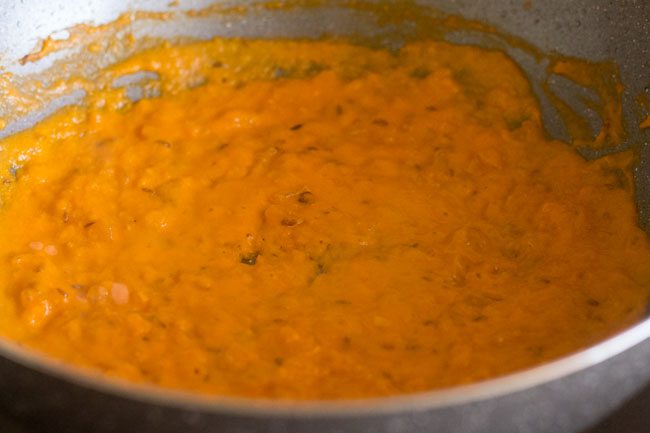
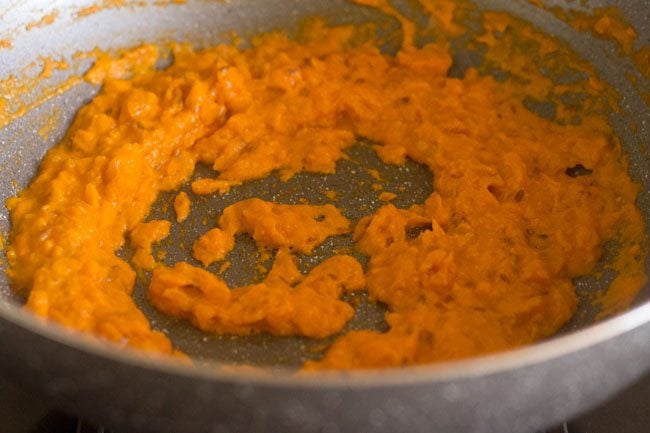
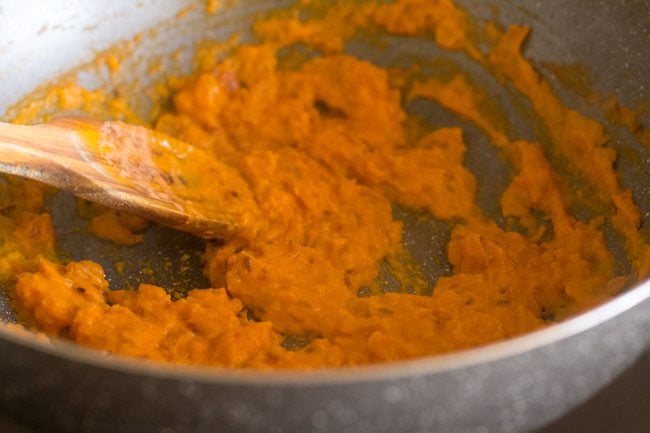
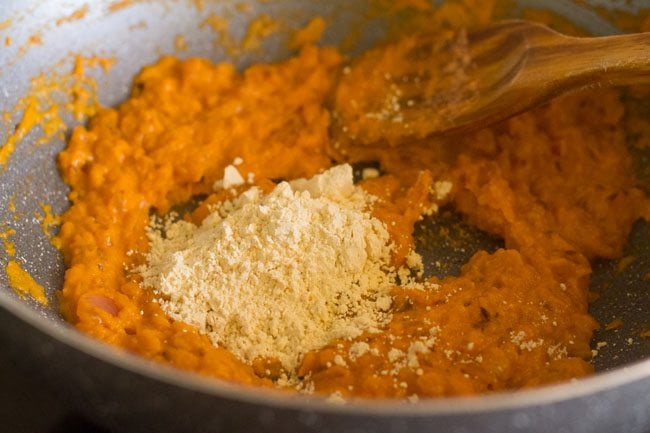
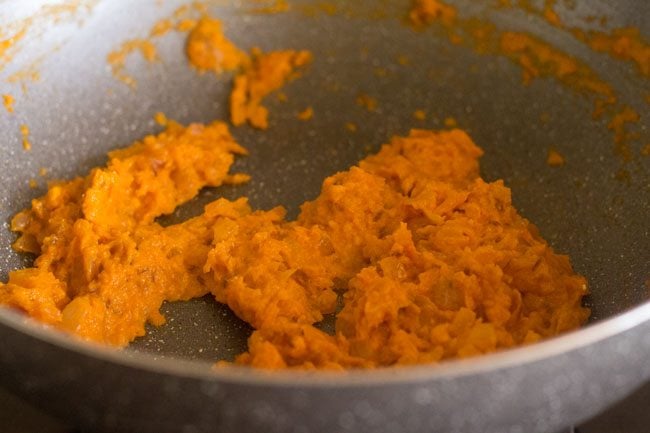
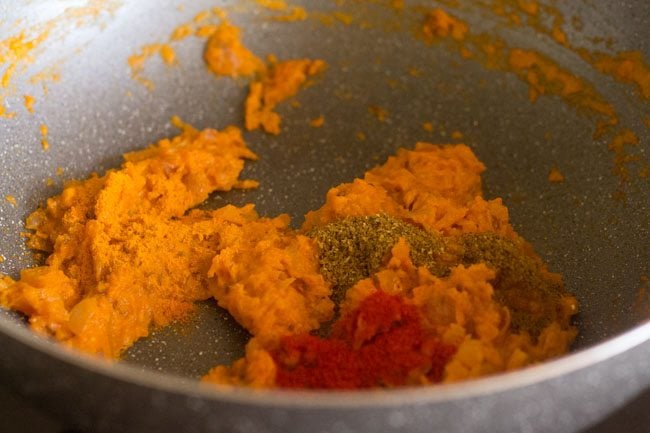
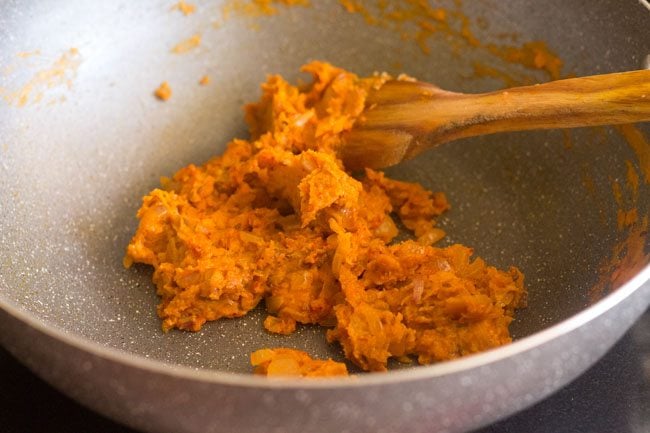
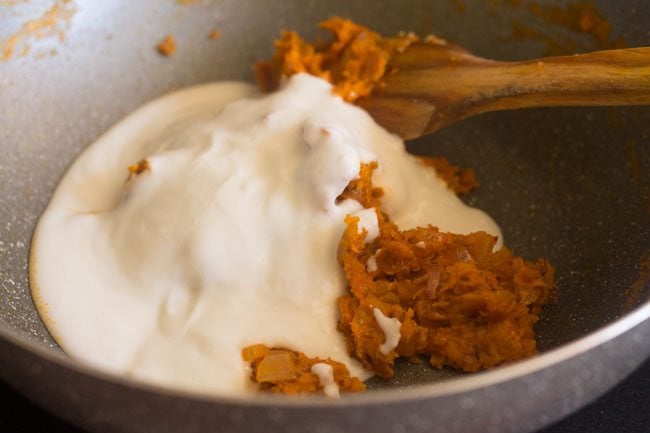
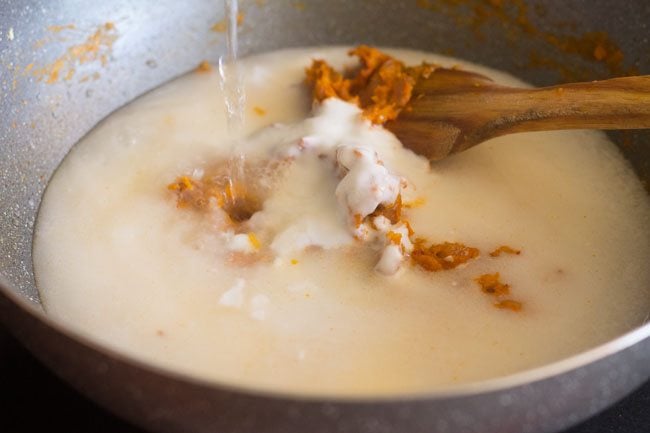
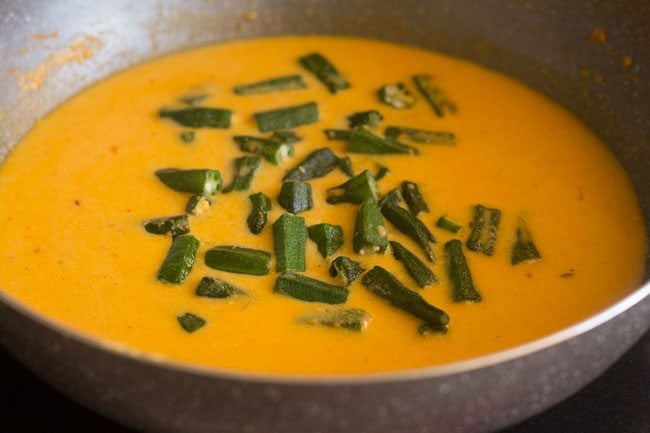
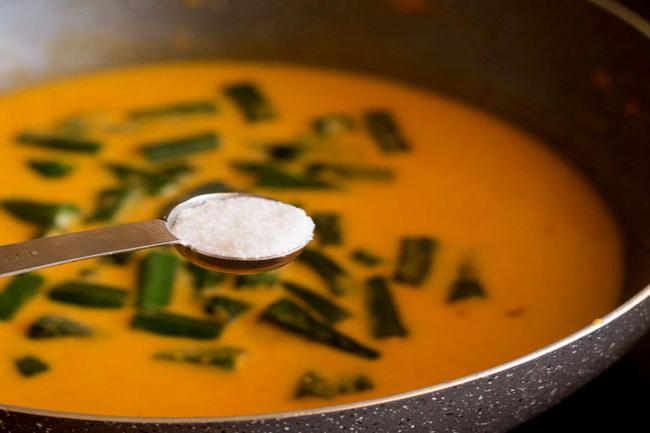
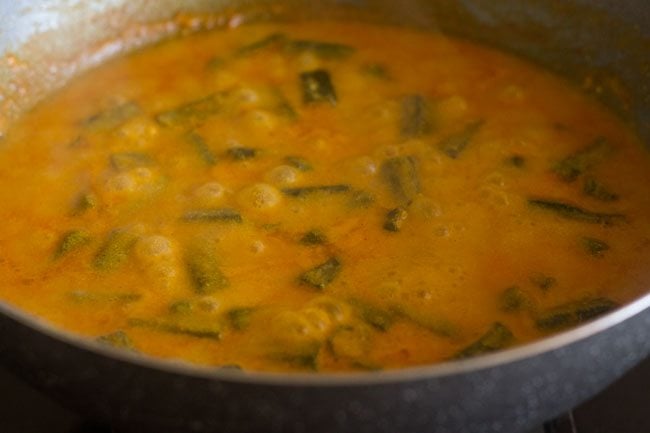
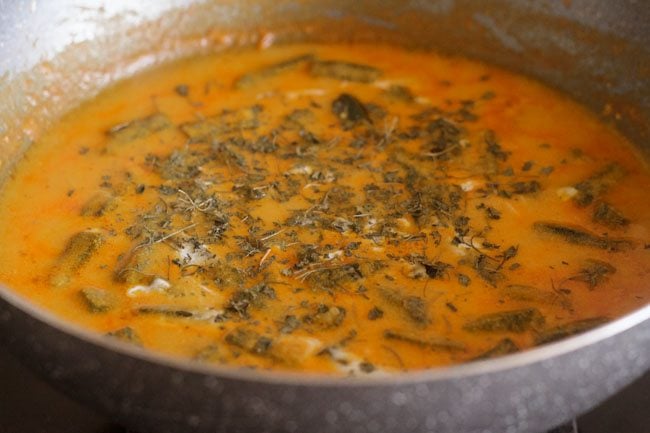
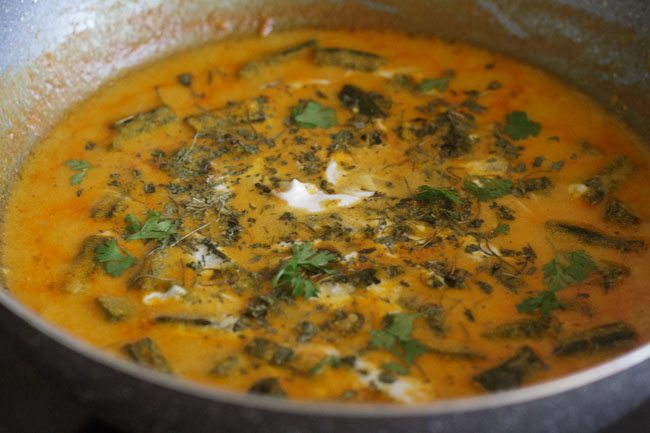
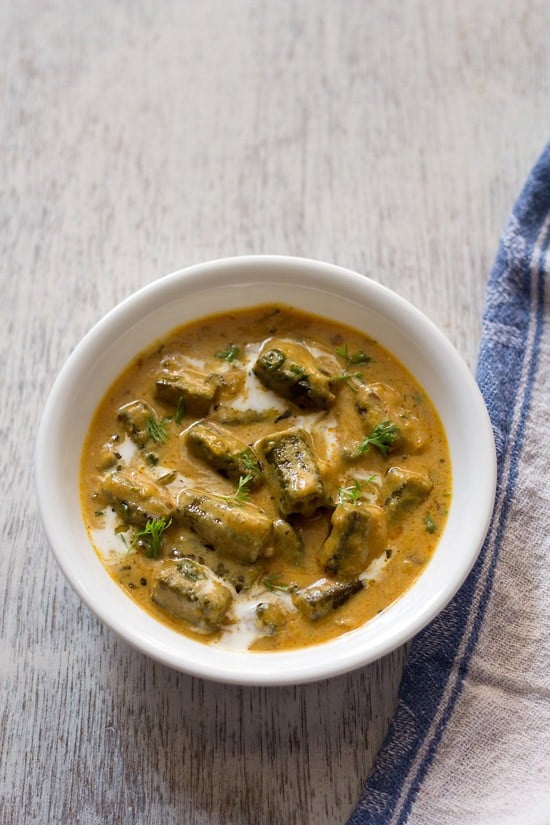
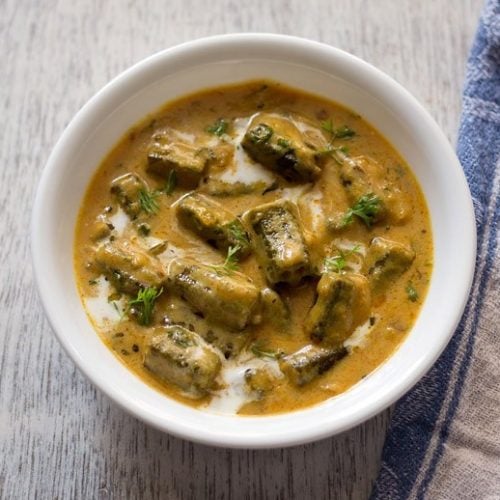
title: “Dahi Bhindi Dahi Wali Bhindi " ShowToc: true date: “2024-09-21” author: “Ramona Cozart”
The sauce or gravy is tangy and lightly spiced. I have used pureed tomatoes in the sauce which gives a tang. So along with the yogurt, there is a sourness, tang. And a subtle sweetness due to cashews, gram flour and cream. The addition of gram flour or besan does not allow the yogurt to curdle. The okra or bhindi is sauteed in oil till they are completely cooked. This technique also gets rid of the sliminess in the okra. The gravy or sauce is then made and the sauteed okra are added to it. The end result is the soft succulent pieces of okra in a smooth creamy tangy sauce. This is one of our favorite okra based dish apart from Bhindi Masala, Bhindi Fry (Kurkuri Bhindi) and Bhindi do Pyaza. This dish is made of 3 main ingredients – okra, curd (yogurt) and tomatoes. So keep in mind to use the okra pods that are fresh, tender and crisp. Avoid using mature okra pods that have become fibrous and stingy. For the curd or yogurt it is important to use fresh one and make sure it does not taste sour or very tangy. I recommend using homemade Curd as that is what I include in all my recipes that have yogurt. Remember that the tomatoes also have to be ripe and sweet. If the tomatoes are sour the sauce or gravy will have a more tangy taste and will spoil the balance of the dish. If in case the sauce has become tangy then add about ½ to 1 teaspoon of sugar.
How to make Dahi Bhindi
- Rinse 200 to 250 grams of bhindi (okra) in water a couple of times. Then dry the bhindi with a kitchen towel or spread them on a plate and let them dry on their own. Ensure that they are dried completely and have no trace of water on them. Otherwise, they can become slimy or sticky while chopping and cooking.
- Trim off the head and tail of the okra. Chop the okra into 1 inch pieces. Keep an eye while chopping for any worms or black spots. If any then discard that okra. Set aside the chopped okra.
- Heat 2 tablespoons of oil in a pan. Add the chopped bhindi. You can use any neutral-flavored oil.
- Saute for at least 8 to 10 minutes on low heat till they change color and are softened and cooked.
- Remove the sauteed bhindi in a bowl and keep aside.
- Add 2 medium-sized chopped tomatoes and 6 to 7 cashews to the blender or chutney grinder.
- Puree the tomatoes and cashews to a smooth and fine paste. There should not be any small chunks of cashews in the paste. No need to add any water while blending to a paste.
- With a wired whisk, whip ½ cup fresh yogurt (curd) till smooth. Make sure that the curd is not sour or too tangy.
Making dahi bhindi
- Heat the same pan in which we sauteed the bhindi. Add 1 tablespoon oil or ghee. Crackle ½ teaspoon cumin seeds first.
- Then add ⅓ to ½ cup chopped onions. Saute till the onions change color or become translucent stirring often.
- Crush 3 to 4 garlic and 1 inch ginger to a paste in mortar and pestle. Add the crushed ginger-garlic paste or you can add 1 teaspoon ginger garlic paste.
- Saute for some seconds or till the raw aroma goes away.
- Add the tomato-cashew paste. Take care as the mixture might splutter.
- Stir and mix well.
- Saute till oil starts to leave the sides of the mixture.
- The onion-tomato-cashew masala paste has to be sauteed very well. Keep on stirring often for uniform sauteing. The whole masala should come together and you should be able to see the oil or fat leaving the sides of the masala.
- Add 1.5 tablespoon besan (gram flour).
- Saute for 1 to 2 minutes or more on low heat till the raw aroma of the gram flour goes away.
- Then add the following spice powders:
½ teaspoon coriander powder ¼ teaspoon red chili powder or cayenne pepper ¼ to ½ teaspoon garam masala powder ¼ teaspoon turmeric powder
- Saute again for a minute. Switch off the heat and place the pan on the kitchen countertop.
- Add the whisked yogurt (curd) to the pan.
- Pour 2 cups of water.
- Stir well with a wired whisk to get a uniform and even mixture. Then add the sauteed bhindi.
- Next add salt as required.
- Keep the pan on the stovetop on low to medium-low heat. Simmer the gravy till the mixture starts to thicken and you see specks of oil or ghee floating on top.
- Add ¼ to ½ teaspoon crushed kasuri methi (dry fenugreek leaves) and 1 to 2 tablespoons low fat cream or light cream. Mix well.
- Simmer the gravy for half a minute and lastly add some coriander leaves
- Serve dahi wali bhindi hot or warm with some hot phulka, naan or roti. You can also have this dish with Jeera Rice or steamed basmati rice. Few more tasty recipes for you!
Bhindi ka Salan – Side curry for biryani or roti from Hyderabadi Cuisine. Gatte ki sabji – popular gravy based dish from the Rajasthani cuisine. Vendakkai sambar – delicious sambar made with okra or bhindi. Bendakaya pulusu – Andhra style okra gravy with tamarind,
Please be sure to rate the recipe in the recipe card or leave a comment below if you have made it. For more vegetarian inspirations, Sign Up for my emails or follow me on Instagram, Youtube, Facebook, Pinterest or Twitter. This Dahi Bhindi post from the blog archives first published in November 2013 has been republished and updated on 7 September 2021.





























